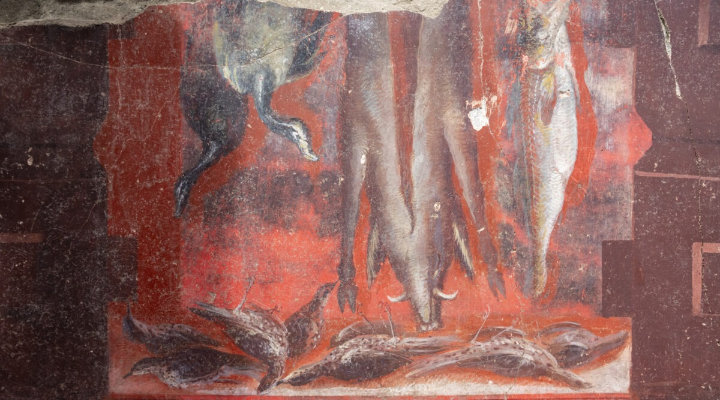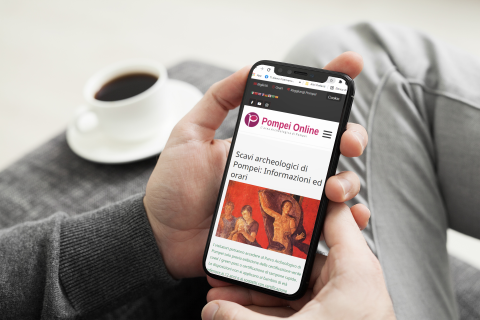
How did the inhabitants of ancient Pompeii truly nourish themselves? Which animals were raised, what grains were cultivated, and what marine resources were exploited? These questions are addressed in a new scientific study recently published in the journal Scientific Reports, the result of a collaboration between several Italian and international research institutions.
The research is based on an in-depth analysis of numerous organic remains recovered from Pompeii—one of the few archaeological sites in the world to consistently yield such a wide variety and quantity of well-preserved biological materials, thanks to the catastrophic eruption of Mount Vesuvius in 79 CE. Researchers applied modern scientific techniques—specifically, stable isotope analysis of carbon and nitrogen—to accurately reconstruct the diet of the ancient Pompeian population, as well as their agricultural and animal husbandry practices.
The Research Context
The study was conducted by the “Annamaria Ciarallo” Laboratory of Applied Research at the Archaeological Park of Pompeii, in collaboration with the DistaBiF Laboratory of the University of Campania Luigi Vanvitelli, Sapienza University of Rome, and the Department of Archaeology at the University of York.
The full article is available in open access on the Scientific Reports website at the following link:
👉 https://www.nature.com/articles/s41598-025-12156-7
Animal Husbandry and Consumption: A Diversity of Practices
One of the most fascinating findings of the study concerns the management of livestock. Isotopic data reveal significant variability in the diet of pigs, suggesting a range of feeding strategies—and thus, different husbandry practices—likely influenced by specific economic or household contexts. Sheep and goats also displayed notable differences in diet, indicating that they were raised with diverse techniques according to their intended uses (e.g., for milk, meat, or wool) or based on available local resources.
The Central Role of Legumes and Grains
The analysis confirmed the essential role that cereals and legumes played in the daily diet of Pompeians. These crops were fundamental dietary staples and were cultivated locally, using agricultural techniques adapted to the region’s soil types and climate conditions. The presence of legumes also points to a diet richer in plant-based protein than previously assumed.
Exploitation of Marine Resources
The study also confirms—through both archaeozoological data and literary sources—that the people of Pompeii heavily relied on marine resources. Fish, mollusks, and other seafood were important components of the local diet. The evidence suggests not only frequent consumption of marine products but also intensive exploitation of aquatic ecosystems, consistent with descriptions found in Roman-era texts.
Conclusions: A Complex and Varied Diet
The study’s conclusions highlight the complexity of Pompeian dietary habits, shaped by environmental, social, and economic factors. The diverse dataset enables a nuanced reconstruction of how farming and animal-raising practices were interwoven with daily life. This scientific approach—based on advanced biochemical methods—offers a new lens through which to understand life in ancient Pompeii, providing not just a snapshot of their diet but also a window into the economic and environmental decisions of a Roman community.


